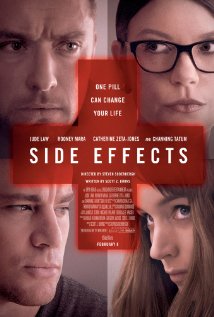 Side Effects/2012/Open Road/106 mins.
Side Effects/2012/Open Road/106 mins.
Steven Soderbergh’s provocative new thriller, “Side Effects” is drawing much buzz. Glossy, intelligent and compelling, with an A-list cast, it’s part mystery, part exposé, part strangely subdued melodrama that’s played out among good-looking, affluent people, all of whom are in some way affected by the use of prescription medicine. “One pill can change your life,” says the movie’s tagline.
The movie opens with a shot of a New York apartment building; inside one unit is a bloody crime scene. Then we flashback several months before to another pivotal moment – the flat’s owners Emily and Martin Taylor (Rooney Mara and Channing Tatum) are reunited after Martin is released from a four-year prison sentence he received for insider trading. The two try to rebuild their lives, but it’s an uphill struggle.
Emily suffers from depression and, after a failed suicide attempt, she agrees to take an antidepressant prescribed by a kind, ambitious doctor named Jonathan Banks (Jude Law). When her symptoms don’t improve, Dr. Banks suggests a new drug, one that turns out to have dire results for the Taylors as well as for Banks and his wife (Vinessa Shaw).
And as Emily grapples with the consequences of committing a crime she doesn’t remember, Banks probes ever more obsessively into her past, specifically her psychiatric treatment by Dr. Victoria Siebert (Catherine Zeta-Jones), icy and ultra-competent with an answer for everything.
Though at times “Side Effects” is a little hard to follow and perhaps awkwardly plotted, it’s well directed and never boring. There’s a lot going on and the powerful final twist upends everything we thought we knew about the principals.
“I wanted to write a noir-style thriller that took the audience in and spun it around, like ‘Double Indemnity’ or ‘Body Heat,’ set in the world of psychopharmacology,” says screenwriter Scott Z. Burns (“Contagion”).
Enjoyment of the movie may hinge on this factor: knowledge of these superficially interesting characters never develops into caring about them – they’re not sympathetic nor are they entertaining in their badness. For me, that made a difference – Rooney Mara’s character in particular struck me as more than a little odious, a woman with zero redeeming features.
Also, the insistently low-key emotional tone (almost as if the film itself had popped a Prozac) feels unsatisfying, given the high stakes of the story. But perhaps that was exactly Soderbergh’s intent. In a society that places a premium on quick fixes, instant answers and easy panaceas, it stands to reason that we’re comfortably numb more than often than we like to acknowledge.
“Side Effects” opens today nationwide.





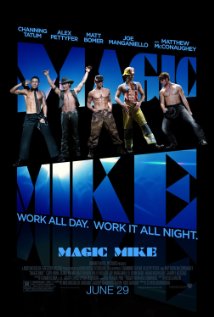
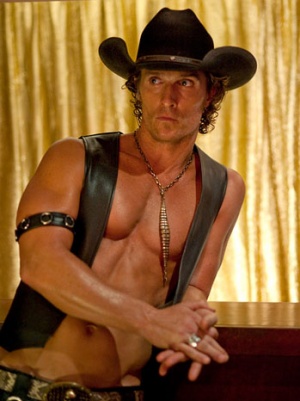
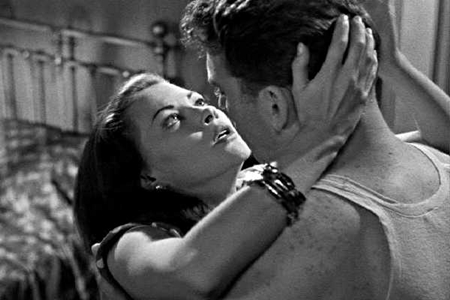
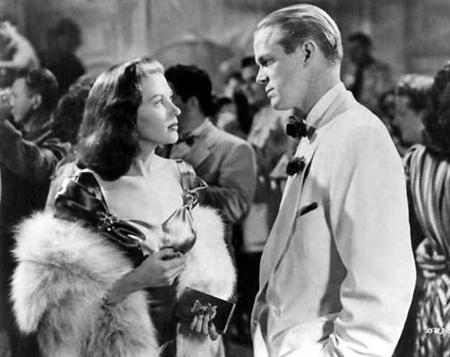
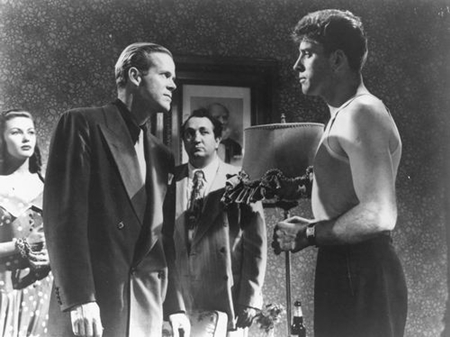
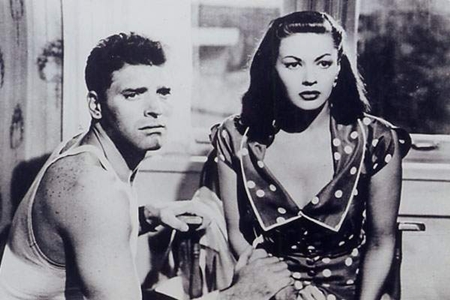





From FNB readers